Gary Serfoss - Defense Security Cooperation University
ABOUT
defense security cooperation university
2800 defense pentagon, washington, dc 20301-2800
commercial telephone: 571-372-3728 (571-372-DSCU)
international toll-free: 833-438-3728 (833-GET-DSCU)
information requests: dsca.dscu.info@mail.mil
Social Media:
STUDENT SUPPORT
the school of sc studies
the institute for security governance
naval support activity monterey
1635 cunningham road (bldg, 259), monterey, CA 93943-5011
commercial telephone: +1 831.656.3171
fax: +1 831.656.3351
email: ISGINFO@NPS.EDU
website: instituteforsecuritygovernance.org
Social Media:
the defense institute of international legal studies
441 elliot avenue, newport, ri 02841-1531
commercial telephone: 401-841-6000
website: dscu.edu/diils
Social Media:
publications & resources
sc certification
-
ABOUT
- DSCU
- CAREERS & OPPORTUNITIES
-
ADDITIONAL INFO
defense security cooperation university
2800 defense pentagon, washington, dc 20301-2800commercial telephone: 571-372-3728 (571-372-DSCU)
international toll-free: 833-438-3728 (833-GET-DSCU)
information requests:
dsca.dscu.info@mail.mil
Social Media: - ABOUT
- STUDENT SUPPORT
- SSCS
-
ISG
- ABOUT
- OUR WORK
- NEWS
- RESOURCES
-
ADDITIONAL INFO
naval support activity monterey
1635 cunningham road (bldg, 259), monterey, CA 93943-5011
commercial telephone: +1 831.656.3171
fax: +1 831.656.3351
email: ISGINFO@NPS.EDU
website: instituteforsecuritygovernance.org
Social Media: - ISG
-
DIILS
- ABOUT
- LEARNING
-
ADDITIONAL INFO
441 elliot avenue, newport, ri 02841-1531
commercial telephone: 401-841-6000
website: dscu.edu/diils
Social Media: - DIILS
- RESOURCES
- CERTIFICATION
-
DSCU
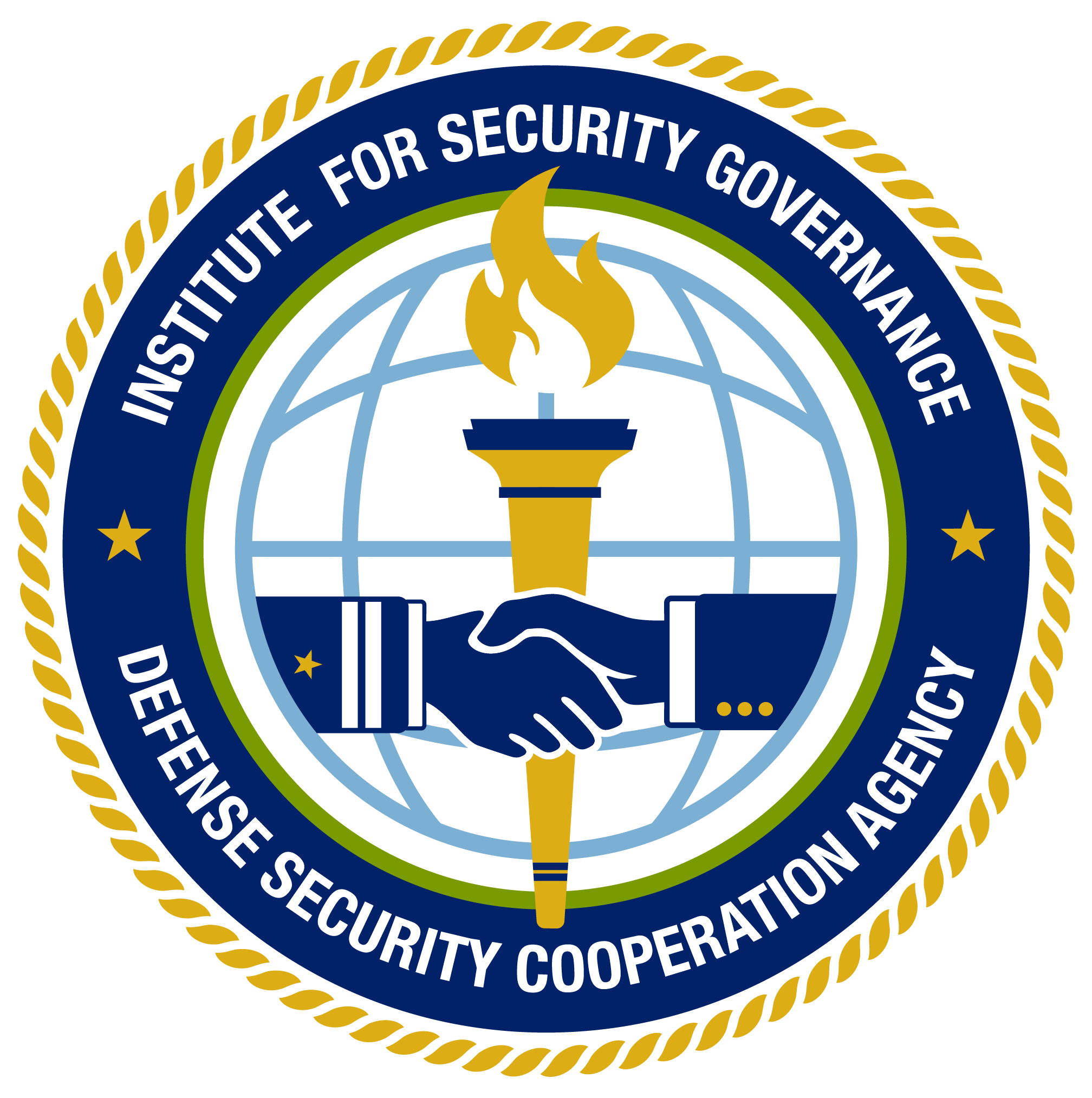
Defense Security Cooperation University
CSOD Prelaunch Message
NOTE: A Common Access Card (CAC) and CSOD account are required
Registration is completed using a system called Cornerstone on Demand (CSOD) hosted by the Defense Acquisition University (DAU). You will sign in to this system on the next screen.
If you currently occupy a Security Cooperation Workforce position and do not see any courses listed after signing in to CSOD, please press the button at the top of your screen to open Frequently asked questions, and read the solutions under the "CSOD Sign In Issues" category.
Press the button below if you are ready to proceed. If you have trouble signing in, press the the next screen's "Need help signing in?" link To Get help.
Defense Security Cooperation University
Certification Center Prelaunch Message
NOTE: A Common Access Card (CAC) is required to access the Certification Center
If you receive an "Untrusted Site" or "Untrusted SSL Server Certificate" error when trying to access the Certification Center, please follow the instructions in the link below to update your Internet browser's certificates, and then try again.
How to Update Browser Certificates for the Certification Center
- ISG
- Meet Our Team
- Team Bio
DEFENSE SECURITY COOPERATION UNIVERSITY
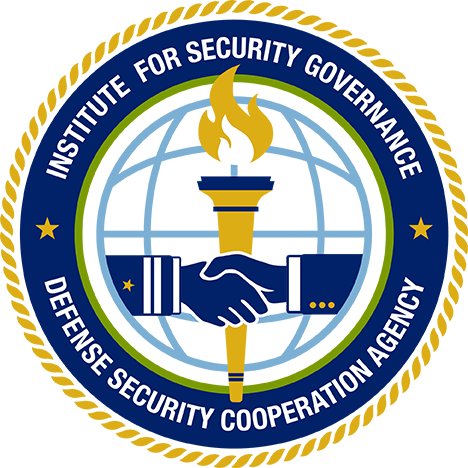
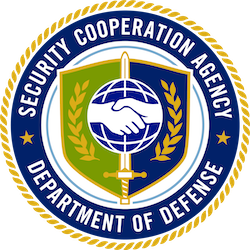
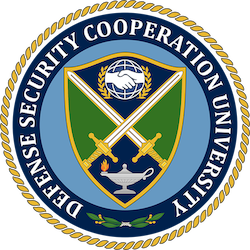
Faculty
Practice & Capability
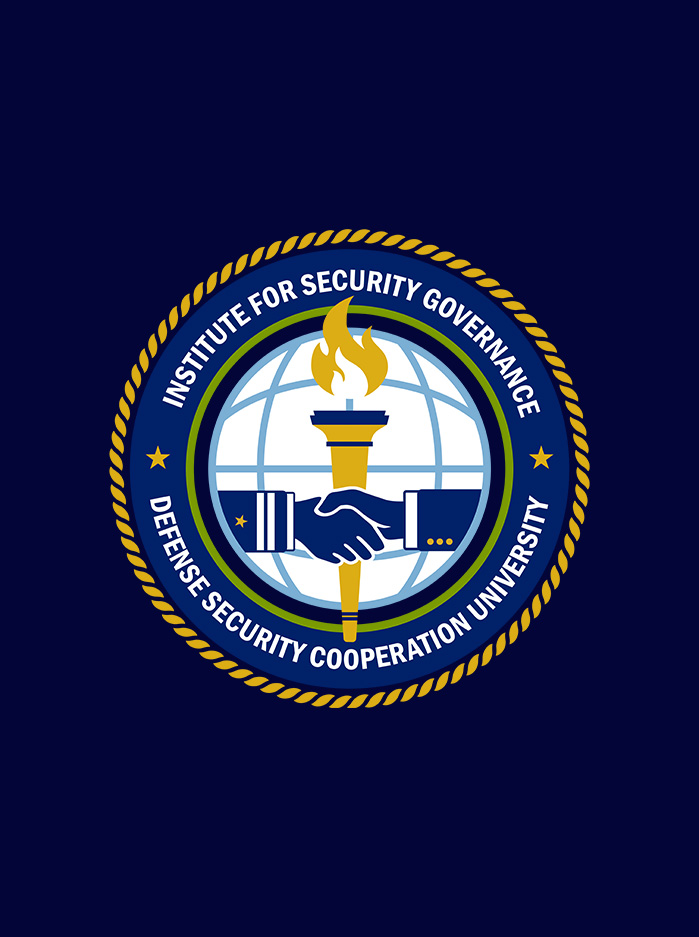
Faculty
Practice & Capability
Dr. Gary Serfoss, Lt. Col. USAF (Ret), joined the Institute for Security Governance (ISG) in April 2019 as a Senior Lecturer for the International Defense Acquisition Resource Management (IDARM) program. Dr. Serfoss teaches a variety of the IDARM subject matter abroad in many countries, utilizing both his current defense contracting experience as well as his prior military experience.
Prior to joining ISG, Dr. Serfoss spent 20 years in the United States Air Force as a Scientist/Analyst Officer and served as a part-time IDARM lecturer for 9 years. After retirement from the Air Force, Dr. Serfoss worked as a systems engineer for Northrop Grumman for 12 years on various large aircraft and missile defense programs.
Dr. Serfoss spent most of his 20 years in the Air Force involved in defense acquisition work. He worked research and development and aircrew training for the Air Force Research Laboratory. He served as the lead test and evaluation analyst for the $5 Billion Air Force/Navy Joint Primary Aircraft Training System (JPATS) program, which included the Raytheon T-6 aircraft and supporting systems. Dr. Serfoss also worked as a project manager and systems engineer to develop and deploy the Defense Biometric Identification System (DBIDS), the world’s largest identity management and access control system, around the world in support of the US military, specifically leading the effort to deploy DBIDS to US facilities in Southwest Asia. Finally, he served as an Assistant Professor and then Deputy Department Head at the Air Force Academy, teaching courses related to systems engineering, human factors engineering, the acquisition life cycle, and other topics. Upon retiring from the Air Force, Dr. Serfoss worked as a research program manager for the Federal Aviation Administration’s Next Generation Air Transportation System, before going to work for Northrop Grumman. At Northrop Grumman, he worked on large aircraft development programs and, most recently, on the Ground Based Strategic Deterrent (GBSD) program to replace the Minuteman III missile system - expected to be one of the Department of Defense's largest contracts ever, at over $85 billion.
Dr. Serfoss is a graduate of the US Air Force Academy and completed his Master and Doctoral work in Industrial Engineering-Human Systems at Arizona State University.
AREAS OF EXPERTISE
- Defense Acquisition
- Defense Logistics
- Security & Defense Planning
- Organizational Development
- Middle East
COOPERATION UNIVERSITY
Center of Intellectual Life for the Security Cooperation Enterprise
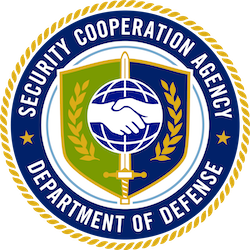


Practice & Capability
Defense Security Cooperation University
Dr. Gary Serfoss, Lt. Col. USAF (Ret), joined the Institute for Security Governance (ISG) in April 2019 as a Senior Lecturer for the International Defense Acquisition Resource Management (IDARM) program. Dr. Serfoss teaches a variety of the IDARM subject matter abroad in many countries, utilizing both his current defense contracting experience as well as his prior military experience.
Prior to joining ISG, Dr. Serfoss spent 20 years in the United States Air Force as a Scientist/Analyst Officer and served as a part-time IDARM lecturer for 9 years. After retirement from the Air Force, Dr. Serfoss worked as a systems engineer for Northrop Grumman for 12 years on various large aircraft and missile defense programs.
Dr. Serfoss spent most of his 20 years in the Air Force involved in defense acquisition work. He worked research and development and aircrew training for the Air Force Research Laboratory. He served as the lead test and evaluation analyst for the $5 Billion Air Force/Navy Joint Primary Aircraft Training System (JPATS) program, which included the Raytheon T-6 aircraft and supporting systems. Dr. Serfoss also worked as a project manager and systems engineer to develop and deploy the Defense Biometric Identification System (DBIDS), the world’s largest identity management and access control system, around the world in support of the US military, specifically leading the effort to deploy DBIDS to US facilities in Southwest Asia. Finally, he served as an Assistant Professor and then Deputy Department Head at the Air Force Academy, teaching courses related to systems engineering, human factors engineering, the acquisition life cycle, and other topics. Upon retiring from the Air Force, Dr. Serfoss worked as a research program manager for the Federal Aviation Administration’s Next Generation Air Transportation System, before going to work for Northrop Grumman. At Northrop Grumman, he worked on large aircraft development programs and, most recently, on the Ground Based Strategic Deterrent (GBSD) program to replace the Minuteman III missile system - expected to be one of the Department of Defense's largest contracts ever, at over $85 billion.
Dr. Serfoss is a graduate of the US Air Force Academy and completed his Master and Doctoral work in Industrial Engineering-Human Systems at Arizona State University.
Practice & Capability
Dr. Gary Serfoss, Lt. Col. USAF (Ret), joined the Institute for Security Governance (ISG) in April 2019 as a Senior Lecturer for the International Defense Acquisition Resource Management (IDARM) program. Dr. Serfoss teaches a variety of the IDARM subject matter abroad in many countries, utilizing both his current defense contracting experience as well as his prior military experience.
Prior to joining ISG, Dr. Serfoss spent 20 years in the United States Air Force as a Scientist/Analyst Officer and served as a part-time IDARM lecturer for 9 years. After retirement from the Air Force, Dr. Serfoss worked as a systems engineer for Northrop Grumman for 12 years on various large aircraft and missile defense programs.
Dr. Serfoss spent most of his 20 years in the Air Force involved in defense acquisition work. He worked research and development and aircrew training for the Air Force Research Laboratory. He served as the lead test and evaluation analyst for the $5 Billion Air Force/Navy Joint Primary Aircraft Training System (JPATS) program, which included the Raytheon T-6 aircraft and supporting systems. Dr. Serfoss also worked as a project manager and systems engineer to develop and deploy the Defense Biometric Identification System (DBIDS), the world’s largest identity management and access control system, around the world in support of the US military, specifically leading the effort to deploy DBIDS to US facilities in Southwest Asia. Finally, he served as an Assistant Professor and then Deputy Department Head at the Air Force Academy, teaching courses related to systems engineering, human factors engineering, the acquisition life cycle, and other topics. Upon retiring from the Air Force, Dr. Serfoss worked as a research program manager for the Federal Aviation Administration’s Next Generation Air Transportation System, before going to work for Northrop Grumman. At Northrop Grumman, he worked on large aircraft development programs and, most recently, on the Ground Based Strategic Deterrent (GBSD) program to replace the Minuteman III missile system - expected to be one of the Department of Defense's largest contracts ever, at over $85 billion.
Dr. Serfoss is a graduate of the US Air Force Academy and completed his Master and Doctoral work in Industrial Engineering-Human Systems at Arizona State University.